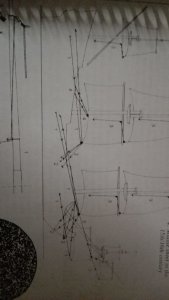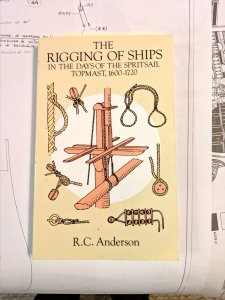- Joined
- Nov 2, 2018
- Messages
- 8
- Points
- 23

On a three mast 17th century merchant ship. Where are the two bottom ends of a square sail tie on to? Is there any additional rigging required. Any clarification would be greatly appreciated.
Last edited:








